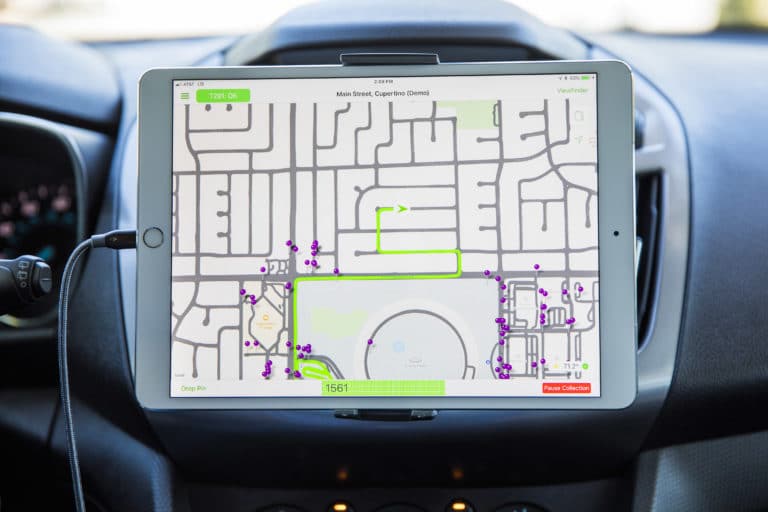
The AR cloud is the missing piece in the vision we all have for how AR will work. And in these early stages, the AR cloud is mostly theoretical as we’ve examined. Questions loom such as how will it be built, and who do the heavy lifting?
The answer is that no one entity will build or own the AR cloud. There will be many AR clouds, just like there are many platforms and data networks that comprise the web. For example, Google is building AR cloud assets, and it sits on a corpus of potentially applicable Street View imagery.
But another tech giant that’s equally vocal about AR’s potential could take a similar path: Apple. Its AR cloud approach could could parallel that of Google in building 3D spatial maps. In both cases, AR cloud assets could extend from their respective mapping and navigation products.
Reading between the lines, could Apple also be building an AR cloud framework through its new home-grown mapping engine? up https://t.co/eaxIXiX9SB @panzer
— AR Insider (@ArInsider) June 29, 2018
This all came to light when Techcrunch Editor Matthew Panzarino uncovered that Apple is collecting its own data for Apple Maps. To be clear, its primary driver is improving Apple Maps (lets not forget Mapgate). But could 3D spatial maps for AR be a byproduct of this effort?
“One of the special sauce bits that Apple is adding to the mix of mapping tools is a full-on point cloud that maps in 3D the world around the mapping van,” Panzarino writes. “It seems like it also could enable positioning of navigation arrows in 3D space for AR navigation.”
This could mean a few things. One outcome — given mapping data around roadways — is point cloud data to support computer vision for autonomous vehicles. Another possibility is scene geometry for ARkit developers to build more spatially-aware and interactive AR apps.
This is a similar end goal — albeit a different path — as 6D.ai. Its software equips far-flung smartphones to spatially map the world as they move through it. This is delivered via developer API and a value tradeoff: use the data in AR apps in return for collecting it (think: Waze).
The way Apple will collect 3D mapping data is conversely through vehicles (like Street View cars). It will also put hundreds of millions of iPhones to work — which its uniquely positioned to do — to track spatial movements at scale, but that’s more about validating roads and traffic patterns.

So how is this different from its current approach? Apple Maps uses a patchwork of data sources like Open Street Map. Though that’s cheaper, it can bring considerable deficiencies to a core app like Maps. Having its own data — as Google mostly does — will enable a better UX.
Back to AR, for these same reasons, proprietary 3d maps and point cloud data could enable better native functionality for ARkit apps. With a toolset that’s supported by spatial maps, as mentioned, ARkit could be much more attractive to developers. And that’s half the battle in platform wars.
As we’ve examined, platform dominance is all about a virtuous cycle, which includes attracting developers. That leads to better content and apps available on that platform which in turn attracts users. Greater numbers of users then attract and incentivize more developers, and around we go.
Apple knows AR has more potential than what ARkit apps show so far. And it knows the AR Cloud is a key missing piece. Just like early iPhone apps, ARkit’s first batch of apps is a bit wanting. They’ll improve naturally, but Apple has a massively vested interest in assisting that evolution.
Apple also likes full stacks. Having full control of the data — for maps today, AR tomorrow — is in character. And it likes acquisitions when it comes to frontier tech. We bet it will acquire strong startup teams to accelerate the effort. IP and pedigree like 6d.ai could be an attractive target.
For deeper XR data and intelligence, join ARtillry PRO and subscribe to the free ARtillry Weekly newsletter.
Disclosure: ARtillry has no financial stake in the companies mentioned in this post, nor received payment for its production. Disclosure and ethics policy can be seen here.
Header image credit: TechCrunch
